
The reflection of a mountain range in a blue lake or the clouds drifting by in a tall skyscraper: reflection photography is a creative and intriguing photography genre. The viewer is forced to look more closely at the photo. It isn't always possible to assess a photo's composition; producing beautiful dynamic images. This turns "ordinary" photos into works of art.
Yet photographing reflections is more complex than you might initially think. We explain precisely why in this blog.
A reflection is the duplication of a subject. How a reflection becomes visible depends on the amount of light. Once you delve into reflection photography you will notice that reflections are everywhere.
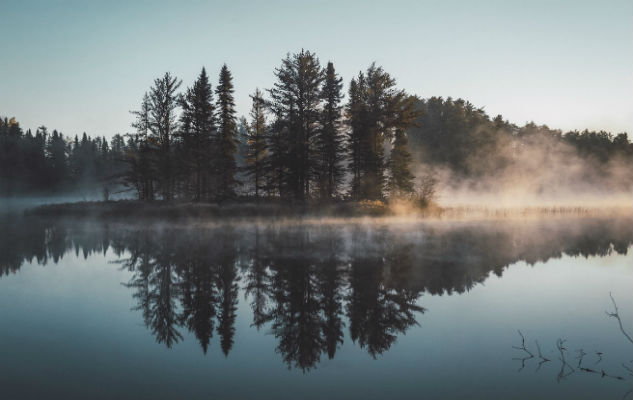
When you think of reflection photography, reflections in water spring to mind. It is a subject perhaps most familiar, but no less interesting for all that.
Reflections in water can be the well-known mountain reflections in beautiful blue lakes, but can also comprise of reflections of buildings, trees or people in other bodies of water.
Who hasn't taken a reflection "selfie" in the mirror? Take a step to one side, and you can easily take a reflection photo of your surroundings without capturing yourself (or your camera). Photography in a mirror allows for endless creativity.
For instance, take a mirror out into nature and play with the reflection of your surroundings.
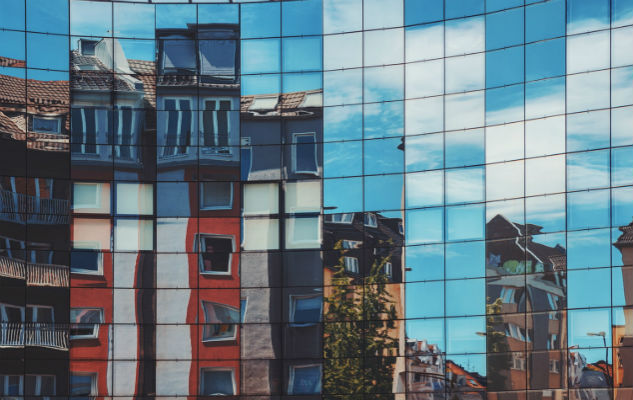
For glass reflections, the angle of light and the angle at which you photograph are important. By photographing through glass, you add an extra dimension to the photo when you capture what is happening both behind and in front of it.
Reflections in glass can also comprise of clouds or buildings in the windows of the skyscraper, ideal for architectural photography!

These are reflections in, for example, Christmas baubles, lift doors or the chrome hubcaps of a car. The shape of the metal object often warps the reflection. The image may be curved and distorted, this can produce interesting pictures and almost give a fisheye effect.

Smooth surfaces can be high-gloss kitchen cabinets, the top of a piano or tiles.
These reflections are not as obvious as, for example, water reflections, but are definitely worth your while.
Depending on your subject, you can give your creativity free rein with reflection photography. For example, by turning the photo upside down (180 degrees, so the reflection is at the top) you get an alienated, yet dynamic, image.
A fun way to play with reflection photography is to combine different elements such as indoor and outdoor. Leaves on a water surface combined with a reflection from a large building can yield an entirely novel image. Or how about a photo of an interior through a window with a reflection of a tree behind you, the photographer?
With reflection photography you are creating an image rather than simply capturing a situation. This allows you to be infinitely creative. Use horizontal and vertical reflections but don't forget about sideways reflections.
Horizon and symmetry is very important in reflection photography. The best known composition rule of thumb is that the horizon should not be placed in the centre of the picture but 1/3 of the way at the top or bottom of the frame. This is not the case with reflection photography, though. By placing the horizon in the centre, you get a nice symmetrical picture.
For reflection photography, light is very important. The most beautiful sunlight is at sunrise and sunset. For a good reflection photo, it is vital that the subject you want to reflect is well exposed. Dark objects only provide a silhouette..
For reflection photography in water there should be no wind whatsoever. This results in the clearest reflection photos. But moving water can actually add to the effect, and even distort in some cases. Every situation is different.
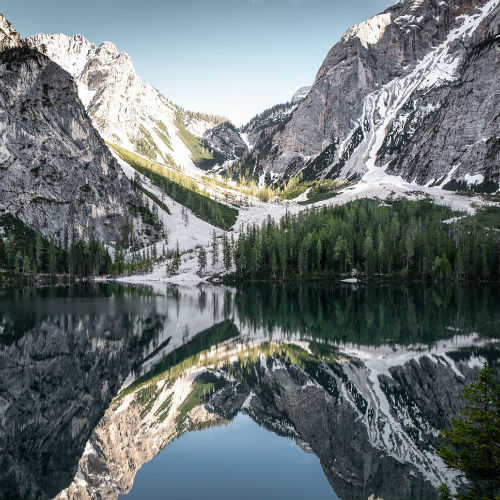
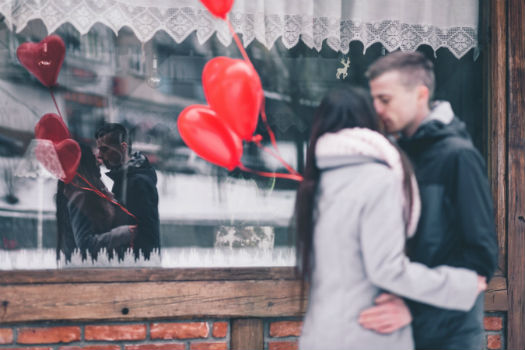
When you stand in front of the mirror or hover over a puddle of water you see yourself reflected back. Change position, adopt an oblique angle and the picture alters entirely. Next, change angles, from high to low perspectives and watch carefully to see what you see reflected back. That's your photo; your work of art.
Look around for the interesting elements around you, these will add to your photo. It could be fleece clouds reflected in the water or a person just walking by, reflected in a puddle.
Focusing isn't self-evident in reflection photography. The camera doesn't know which subject you want to focus on. The reflection is extra difficult for the camera to focus on.
Switch the camera to manual focus therefore, so you have control over this. If it is still tricky, focus on the centre line between the subject and the reflection.
Align the photo properly. If you choose to have the reflection become the main theme of the photo, then the photo must be properly aligned so that the reflection actually becomes the main object. If necessary, use a grid view for this on the camera. This reduces the need to play around with it afterwards.


Polarisation filters give you more control over the extent to which the reflection is visible in the photo. They can ensure reflections are minimised in the photo. But you can also use a polarisation filter to actually enhance reflections. Simply turn the filter in the opposite direction. This ensures you only catch light from the reflection itself. However, a filter can distort the colours. You can adjust this later with a photo editing programme.
ND filters give you the option to even out the water surface. You will need to work with a tripod though because of the slow shutter speed. ND filters add an ethereal atmosphere to photos.
For water reflections, it may be helpful to work with a tripod and slow shutter speed. Whether you need a tripod depends on the light and wind.
The actual camera settings to use will vary, depending on the photo and ambient conditions. Aperture, shutter speed, ISO and light metering should be adjusted on a case-by-case basis. Read our other blogs to learn more about these topics.
Reflections are everywhere and allow you to take impressive photos. It's about being creative, resourceful, and most of all, experimenting a lot. Reflection photography gives you the opportunity to step out of your comfort zone and improve your skills. And once you get into reflection photography, you will come across reflections all around you, and with them will find endless possibilities for new works of art.
Give it a go!
Read more
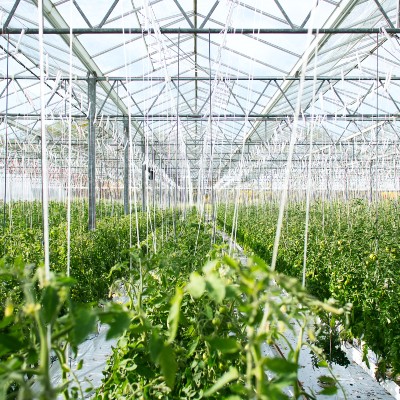
Read all about one of the most used terms in photography: depth of field.
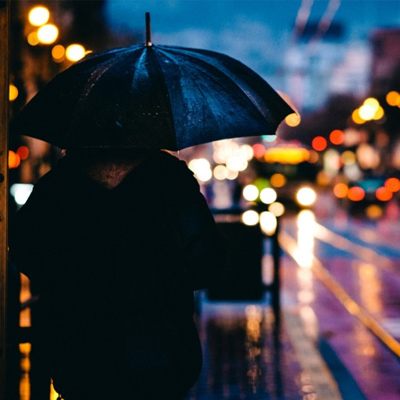
What is bokeh and how do you create it? Read all about the effect in this article.